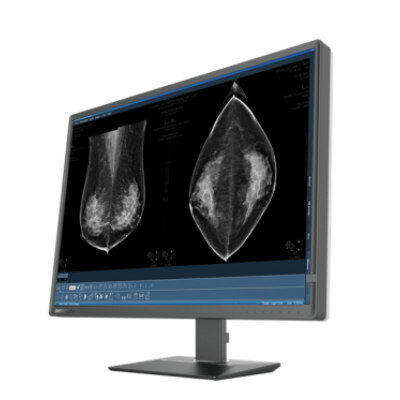Surgical Infections Linked to Drug-Resistant Bacteria
By HospiMedica International staff writers
Posted on 01 Mar 2018
A new study suggests that low-income countries carry a disproportionately greater burden of surgical site infection (SSI), and might have higher rates of antibiotic resistance.Posted on 01 Mar 2018
Researchers at the University of Edinburgh (United Kingdom), the University of Warwick (Coventry, United Kingdom), and other institutions conducted an prospective, multicenter study of patients undergoing elective or emergency gastrointestinal (GI) resection between Jan 4, 2016, and July 31, 2016, so as to quantify the post-surgical burden of SSI all over of the world. In all, 12,539 patients from 343 hospitals in 66 countries participated in the study. Of these, 58.5% were from high human development index (HDI) countries, 31.2% were from middle HDI countries, and 10.2% of patients were from low-HDI countries.

Image: A hospital ward in Honduras (Photo courtesy of SafeSurgery.com).
The results revealed that 12.3% of patients suffered a SSI within 30 days of surgery. The incidence of SSI varied between countries; while those with a high HDI had a 9.4% of incidence of SSI, middle-income countries showed a 14% incidence rate, while those with low income experienced a 23.2% of SSI. The highest SSI incidence in each HDI group was after dirty surgery, with 17.8% in high-HDI countries; 31.4% in middle-HDI countries; and 39.8% in low-HDI countries. Following adjustment, patients in low-HDI countries were at greatest risk of SSI, with 21.6% of SSI patients developing an infection resistant to the prophylactic antibiotic used. The study was published on February 13, 2018, in Lancet Infectious Diseases.
“The incidence of SSI remained higher in low-HDI countries than in middle-HDI or high-HDI countries, despite adjustment for factors describing patients, diseases (including contamination), procedures, safety, and hospitals,” concluded senior author Ewen Harrison, MD, of the University of Edinburgh, and colleagues. “Length of hospital stay was three times longer for patients affected by SSI than for patients with no SSI. Delayed return to work or school carries a societal burden, which is likely to be greater in lower middle income countries.”
SSI is the most common postoperative complication, occurring in approximately 2-5% of patients who undergo clean extra-abdominal surgeries, such as thoracic and orthopedic surgery, and in up to 20% of patients who undergo intra-abdominal surgery interventions. Besides the pain and suffering to patients, it could lead to catastrophic health expenditure and impoverishment to those patients who are required to pay for their own treatment, and a significant financial burden on healthcare providers.
Related Links:
University of Edinburgh
University of Warwick













